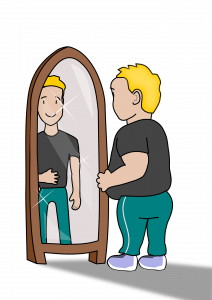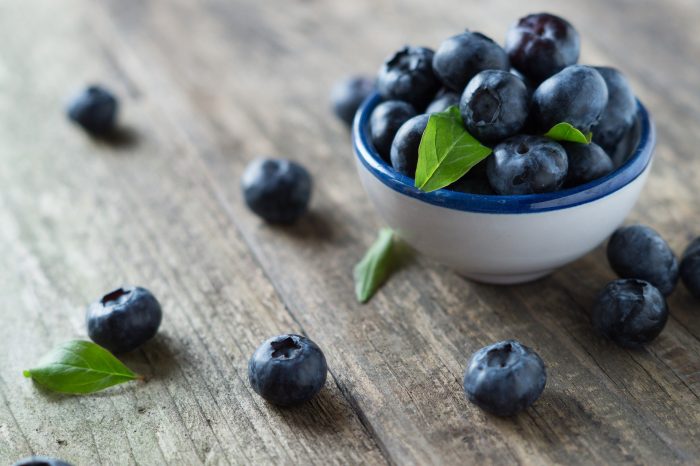Medical Compass: Getting hypertension under control
Being modestly overweight increases risk more than smoking
By David Dunaief, M.D.

Roughly 47 percent of U.S. adults over the age of 18 have hypertension, or high blood pressure. That’s almost one in two adults, or 116 million people. Of these, roughly 92 million do not have their hypertension controlled (1). These are some scary numbers, considering the probability of complications, such as cardiovascular events and mortality.
What increases our risk? Being significantly overweight or obese, smoking, poor diet, lack of exercise, family history, age, increased sodium, depression, low vitamin D, diabetes and too much alcohol (2).
Fortunately, hypertension is highly modifiable in terms of reducing the risk of cardiovascular disease and mortality (3).
Of course, antihypertensive (blood pressure) medications treat this disorder. In addition, some nonpharmacological approaches have benefits. These include lifestyle modifications with diet, exercise and potentially supplements.
Weighing risk factors
In an observational study involving 2,763 participants, results showed that those with poor diets had 2.19 times increased risk of developing high blood pressure. This was the greatest contributor to developing this disorder (4). Another risk factor with a significant impact was being at least modestly overweight (BMI >27.5 kg/m²), which put participants at 1.87 times increased risk. This, surprisingly, trumped cigarette smoking, which increased risk by 1.83 times.
The moral is that a freewheeling lifestyle can have a detrimental impact on blood pressure and cause at least stage 1 hypertension.
Implications of gender, age and race on complications

While the data show that more men than women have hypertension, 50 percent vs. 44 percent, and the prevalence of high blood pressure varies by race, the consequences of hypertension are felt across the spectrum of age, gender and race (5).
One of the most feared complications of hypertension is cardiovascular disease. In a study, isolated systolic (top number) hypertension was shown to increase the risk of cardiovascular disease and death in both young and middle-aged men and women between 18 and 49 years old, compared to those who had optimal blood pressure (6). The effect was greatest in women, with a 55 percent increased risk in cardiovascular disease and 112 percent increased risk in heart disease death. High blood pressure has complications associated with it, regardless of onset age. Though this study was observational, it was very large and had a 31-year duration.
Uncontrolled nighttime hypertension and cardiovascular event risk
Measuring blood pressure in the clinic can be useful. However, in a meta-analysis (involving nine studies from Europe, South America and Asia), results showed that high blood pressure measured at nighttime was potentially a better predictor of myocardial infarctions (heart attacks) and strokes, compared to daytime and clinic readings (6).
For every 10 mmHg rise in nighttime systolic blood pressure, there was a corresponding 25 percent increase in cardiovascular events. This was a large meta-analysis that utilized studies that were at least one year in duration.
Does this mean that nighttime readings are superior in predicting risk? Not necessarily, but the results are interesting. The nighttime readings were made using 24-hour ambulatory blood pressure measurements (ABPM).
There is something referred to as masked uncontrolled hypertension (MUCH) that may increase the risk of cardiovascular events in the nighttime. MUCH occurs in those who are well-controlled during clinic readings for blood pressure; however, their nocturnal blood pressure is uncontrolled. In the Spanish Society of Hypertension ABPM Registry, MUCH was most commonly seen during nocturnal hours (7). Thus, the authors suggest that ABPM may be a better way to monitor those who have higher risk factors for MUCH, such as those whose pressure is borderline in the clinic and those who are smokers, obese or have diabetes.
Previously, a study suggested that taking at least one antihypertensive medication at night may be more effective than taking them all in the morning (8). Those who took one or more blood pressure medications at night saw a two-thirds reduction in cardiovascular event risk. Now we can potentially see why. These were patients who had chronic kidney disease (CKD). Generally, 85 to 95 percent of those with CKD have hypertension.
Eat your berries
Diet plays a role in controlling high blood pressure. In a study, blueberry powder (22 grams) in a daily equivalent to one cup of fresh blueberries reduced systolic blood pressure by a respectable 7 mmHg and diastolic blood pressure by 5 mmHg over 2 months (9).
This is a modest amount of fruit with a significant impact, demonstrating exciting results in a small, preliminary, double-blind, placebo-controlled randomized trial. Blueberries increase nitric oxide, which helps blood vessels relax, reducing blood pressure. While the study used powder, it’s possible that an equivalent amount of real fruit would lead to greater reduction.
In conclusion, high blood pressure and its cardiovascular complications can be scary, but lifestyle modifications, such as taking antihypertensive medications at night and making dietary changes, can have a big impact in altering these serious risks.
References:
(1) millionhearts.hhs.gov. (2) uptodate.com. (3) Diabetes Care 2011;34 Suppl 2:S308-312. (4) BMC Fam Pract 2015;16(26). (5) cdc.gov. (6) J Am Coll Cardiol 2015;65(4):327-335. (7) Eur Heart J 2015;35(46):3304-3312. (8) J Am Soc Nephrol 2011 Dec;22(12):2313-2321. (9) J Acad Nutr Diet 2015;115(3):369-377. (10) JAMA Pediatr online April 27, 2015.
Dr. David Dunaief is a speaker, author and local lifestyle medicine physician focusing on the integration of medicine, nutrition, fitness and stress management. For further information, visit www.medicalcompassmd.com.







